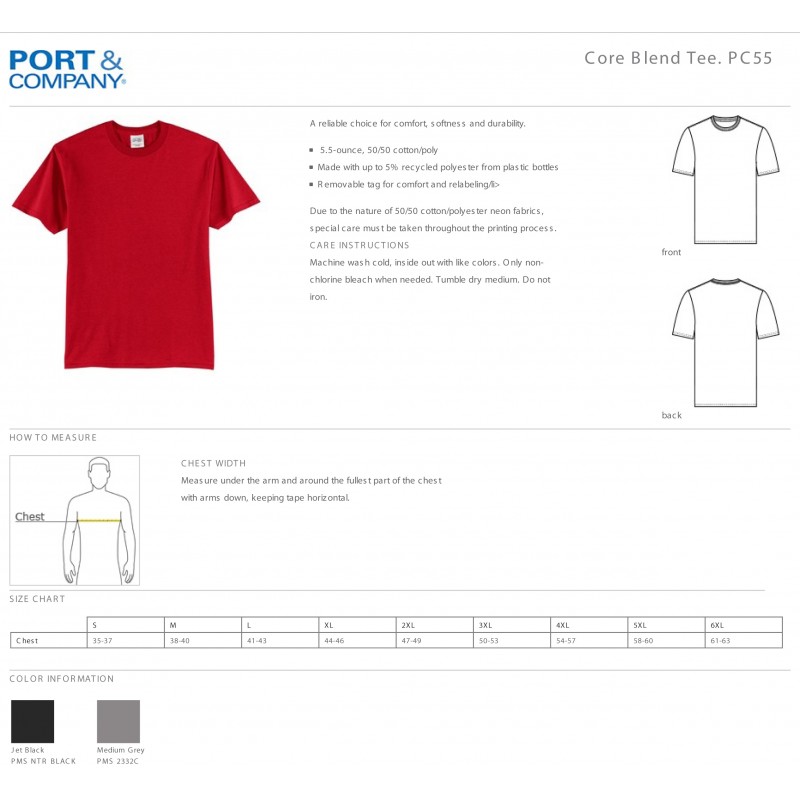
She didn’t know if Bonnard wanted to sell it so to put the man off, she quoted him an enormous price. One day, a man walked into the shop and asked her how much the program was. After the programs were produced, Maeght’s wife Marguerite placed one of the lithographs in the print-shop window. Pierre Bonnard had walked into his print shop and asked Maeght to print a program for a Maurice Chevalier concert with a Bonnard lithograph, which Maeght accepted. Maeght’s first commercial venture into the art world arose somewhat by surprise. Joan Miro, Lithograph Exhibition Poster by Galerie Maeght He liked working with lesser known artists and once said that he chose Giacometti over Picasso because Picasso was too demanding! During his career, Maeght represented such leading European artist as Joan Miro, Marc Chagall, Alberto Giacometti, Henri Matisse, Pierre Bonnard and George Braque, among others. There may be no more famous a lithography printer than the French printmaker and art dealer, Aime’ Maeght. So when you see a description of a “20 color lithograph”, you know that a great deal of work has gone into creating that image with all the colors. Since only one color is printed from each plate, it’s not unusual for fine lithographs to be printed with 15 or more plates. When paper is placed on the page and rubbed across the back, the ink offsets onto the paper, printing the artist’s original image perfectly. Then another ink is rolled onto the plate and absorbed only into the oil based ink.

The plate has been prepped to absorb water everywhere except where the artist’s image has been drawn or painted.

An image is drawn on a plate with a special pencil or crayon, or it is painted with a brush using a grease base ink. The principle of lithography is rooted in the natural repulsion of oil and water, something we all understand. Lithography is a method of printing discovered in the late 1700s and the artist Goya was probably one of the first to make truly memorable use of this printing method. But in this essay, I’ll try to give some insights into these printing processes and how all this might play in your decision-making when buying art.

When it comes to art, nothing is straightforward. Lithograph, serigraph, etching, screenprint… What do all these art print terms mean and does it make a difference in understanding and buying art? Well, yes… and no.


 0 kommentar(er)
0 kommentar(er)
